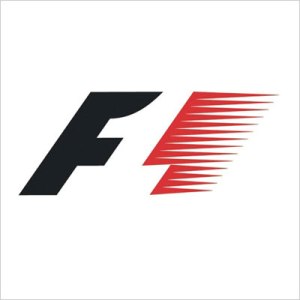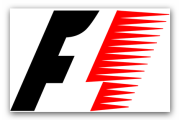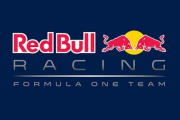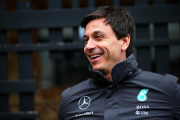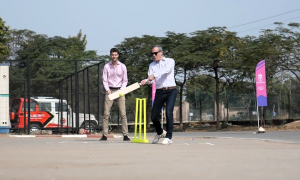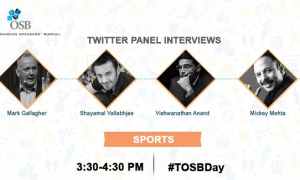The 62nd FIA Formula One season is back with a bang! Originally consisting of 20 rounds, this year marks the inauguration of Indian Grand Prix to be held in October too. The originally scheduled opening race of the season was the Bahrain Grand Prix on 13 March, but was cancelled by the Bahraini Crown Prince due to anti-government protests in the country. A final decision on whether the race will be rescheduled for a later date in the year or will be cancelled completely will be made by May.
The testing season began in 2010 at Yas Marina Circuit in Abu Dhabi with a three-day ‘Young Driver Test‘. Daniel Ricciardo, driving for new champions Red Bull Racing consistently recorded the fastest time in the three days. The Young Driver Tests were soon followed by a second testing at the same location so that the teams get to test the tyres developed by new tyre supplier Pirelli. The final test of the season was rescheduled to the Circuit de Catalunya in Barcelona from 8–12 March.
A total of 12 top teams are contesting this season with 25 race drivers and about 20 test/reserve drivers. The schedule (Grand Prix Name and Date) for the season is as follows:
Australian GP – 27 March
Malaysian GP – 10 April
Chinese GP – 17 April
Turkish GP – 8 May
Spanish GP – 22 May
Monaco GP – 29 May
Canadian GP – 12 June
European GP – 26 June
British GP – 10 July
German GP – 24 July
Hungarian GP – 31 July
Belgian GP – 28 August
Italian GP – 11 September
Singapore GP – 25 September
Japanese GP – 9 October
Korean GP – 16 October
Indian GP – 30 October
Abu Dhabi GP – 13 November
Brazilian GP – 27 November
The opening race of the season in Melbourne was won by defending World Champion Sebastian Vettel after qualifying on pole position by one eight tenths of a second. Lewis Hamilton finished in second place, followed by Russian driver Vitaly Petrov driving for Renault at the third position. Indian Driver Narain Karthikeyan and Vitantonio Liuzzi from Hispania F111 team failed to qualify as they could not surpass the 107% rule i.e. Vettel’s fastest time in the first qualifying session of 2011. Team Saubers got disqualified for a technical infringement.
The 107% rule has been re-applied this year which states” any driver who fails to set a time within 107% of the fastest lap in Q1 will not be permitted to take part in the race”. The maximum allowable penalty was increased by FIA in which racing stewards can issue fines to teams ranging from $100,000 to $250,000.
Drag Reduction System (DRS) was also introduced this year and Kinetic Energy Recovery System (KERS) was made optional for the teams. DRS is an adjustable rear wing system that could boost a car’s surge at the time of overtaking in the straight by nearly 15 kmph. But the system can be switched on only when the car is within a second of passing the one in front and that too on a particular section of the track that will be specified by the race director. So after the Australian GP the reigning driver is Sebastian Vettel with 25 points and leading constructor is Red Bull- Renault with 35 points.
Will the current world champion nick the trophy this year too?
Only time will tell!
Tags: Bahrain Grand Prix, F1, FIA, Formula One, Indian Grand Prix

